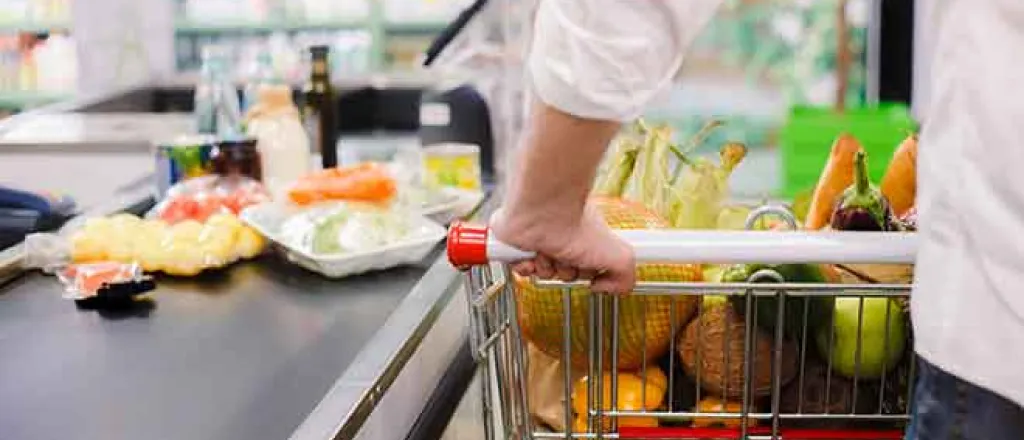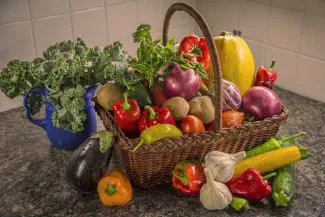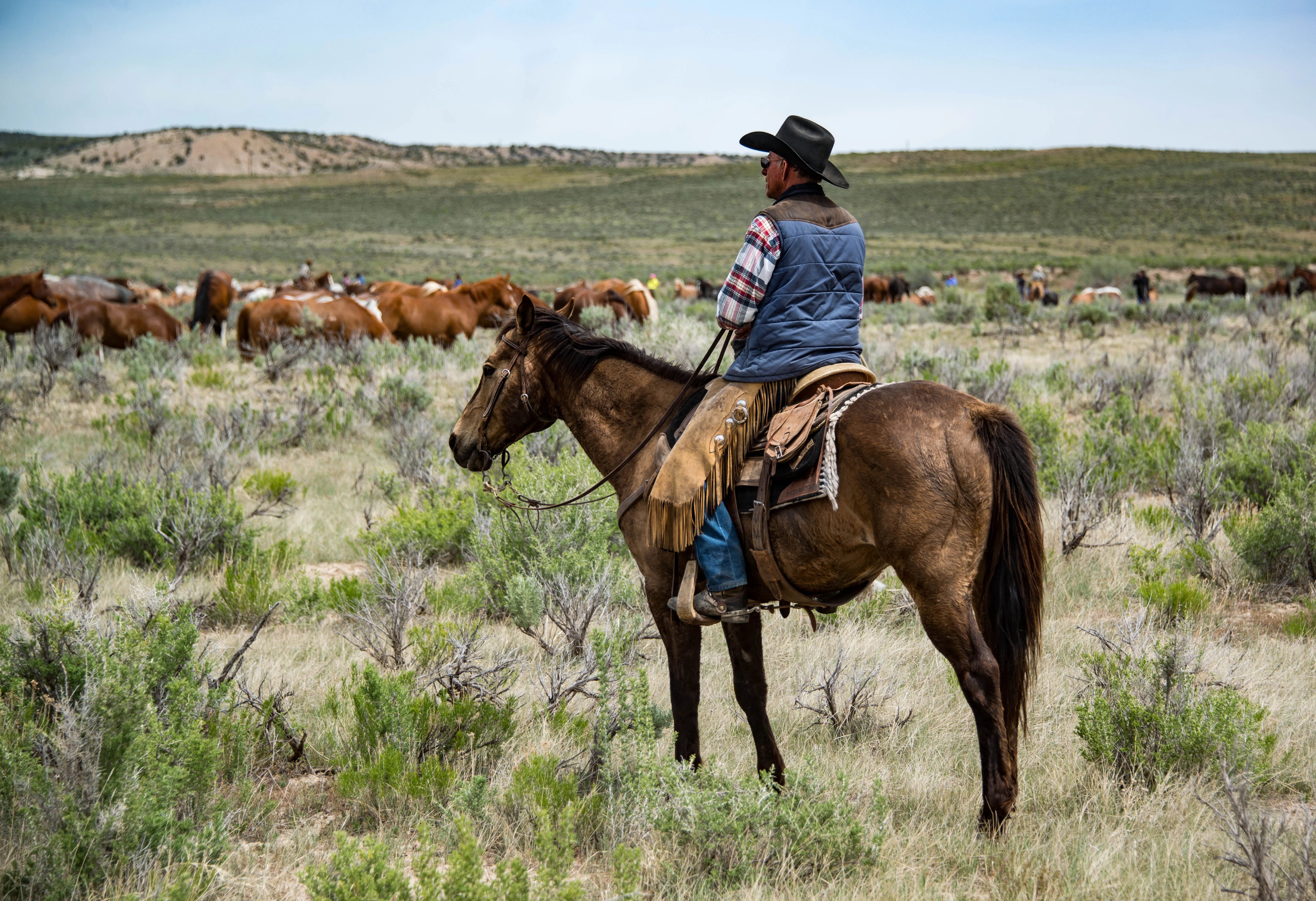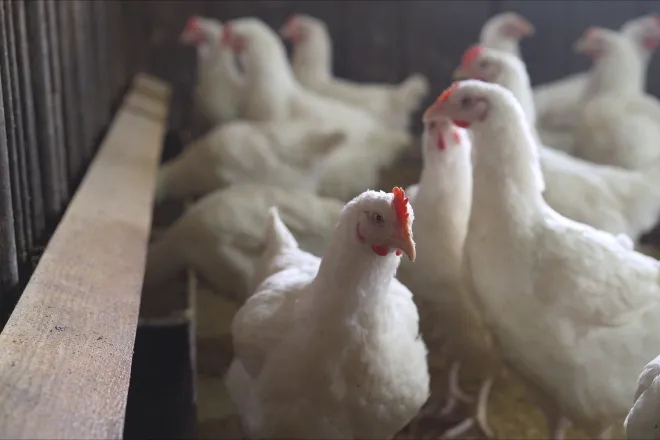
Report: USDA's grocery list leans too much on industrial ag
Click play to listen to this article.
When the U.S. Department of Agriculture buys food for its nutrition programs, nearly half the purchases go to food companies aligned with industrial agriculture, according to a new report, which includes details about a well-known Minnesota firm.
In fiscal year 2024, researchers with the advocacy group Friends of the Earth, said the federal government spent $4.8 billion on food for programs supporting school and senior meals, food banks and tribal communities. Nearly half the spending went to just 25 companies. Poultry giant Tyson Foods topped the list and Minnesota-based Jennie-O Turkey landed at number six.

© Pixabay - skeeze
Chloë Waterman, senior program manager for Friends of the Earth said regardless of whether the government saves money with the contracts, it is leaving out too many smaller farms emphasizing sustainable practices.
"Some of these foods may have a low sticker price but a high cost to communities and to public health," Waterman contended.
The USDA does not discuss production practices associated with the food it buys but the report's authors said it is likely the overwhelming majority of food comes from vendors using common industrial ag approaches, including concentrated animal feeding operations.
For Jennie-O, the report pointed to a series of violations and settlements from the past decade, including food and worker safety. The company did not respond to a request for comment.
Waterman noted under both Republican and Democratic leadership, the USDA has touted efforts to enact more market fairness in farming spaces but she argued the agency's procurement practices tell another story.
"We can start by ensuring that our own food procurement is focused on meat that does not use routine antibiotics in the raising of those animals," Waterman urged. "The USDA does not do that right now, and I think that that's a lost opportunity to fulfill some of those promises."
In August, the USDA announced it was planning to buy up to $230 million in fresh seafood, fruits and vegetables from American farmers to distribute to food banks and nutrition programs. It made mention of supporting smaller-scale family farmers but the initiative did not cover meat and poultry, which the report said makes up a big share of the routine food purchases in question.














